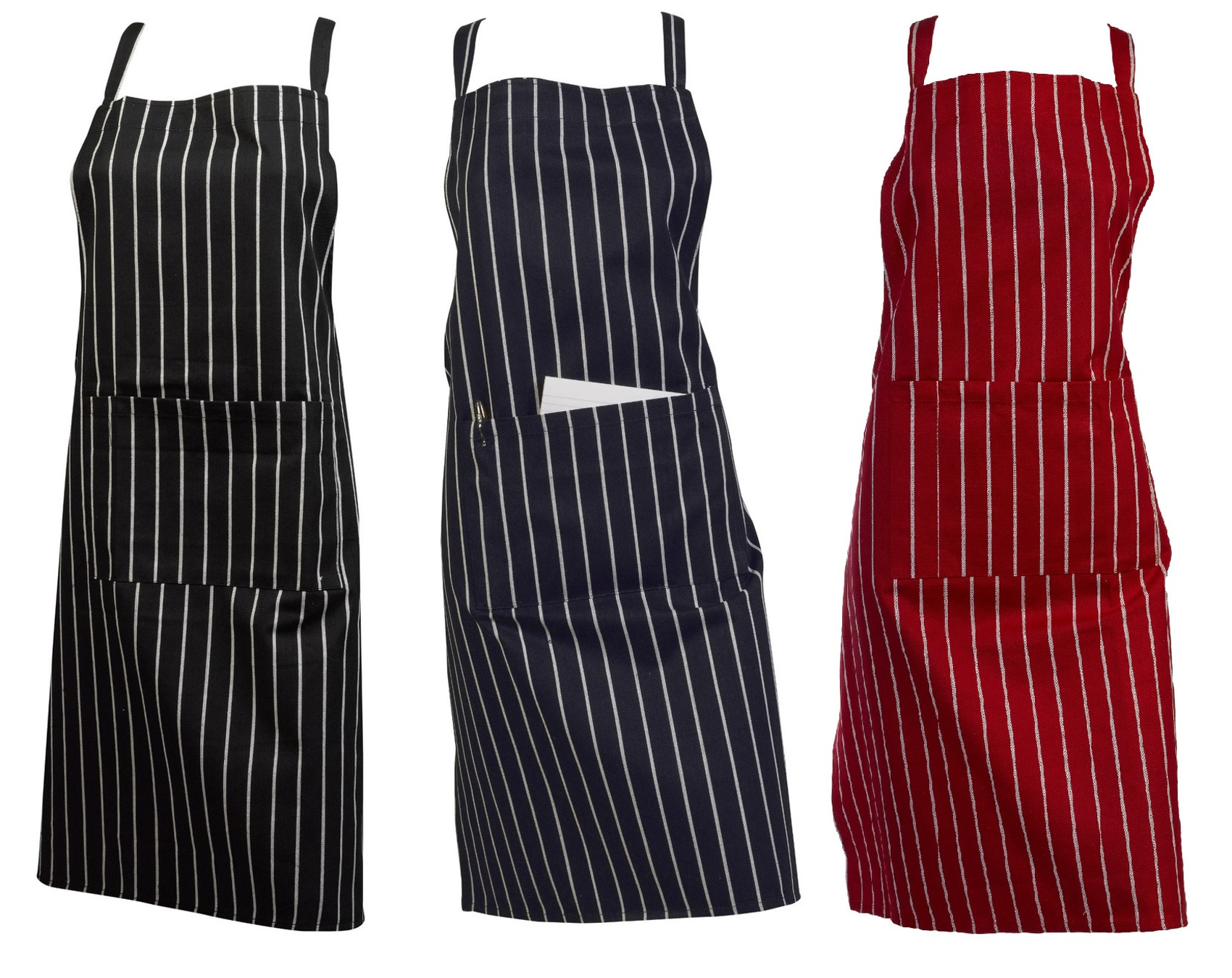When most of us hear the word apron we imagine our grandmother in the kitchen wearing an apron and baking away, or we visualize a mother middle of a television show from the 1950s – 1960s like June Cleaver from "Leave it to Beaver", or Alice, the maid in "The Brady Bunch" apron half made with feminine lace and printed fabrics. Discover more details about handmade salon robes through https://www.gnmsalonapparel.com/collections/stylist-aprons.

Image Source: Google
Apron came into fashion as part of the practical needs of a difficult time and money was scarce. Back in the early 1800s people every day do not have the luxury of having many pieces of clothing.
They also do not have a washer and dryer, as washing clothes do not do that often, so people have to wear the same clothes for several days in a row. It was not uncommon for a woman to wear the same dress every day for a week before washing.
Therefore, apron appeared. An apron dress objective is to cover the bottom and protect it from getting dirty. This makes it easier for women to wash.
Apron will be washed every few days, and dresses may be washed once a week. This leaves more time for many other tasks that women should attend to.
Aprons are not only worn by housewives. School teachers, children, shopkeepers, and even secretaries wear different styles of aprons every day over their clothes. Apron serves one purpose; to protect the dresses and clothes underneath.